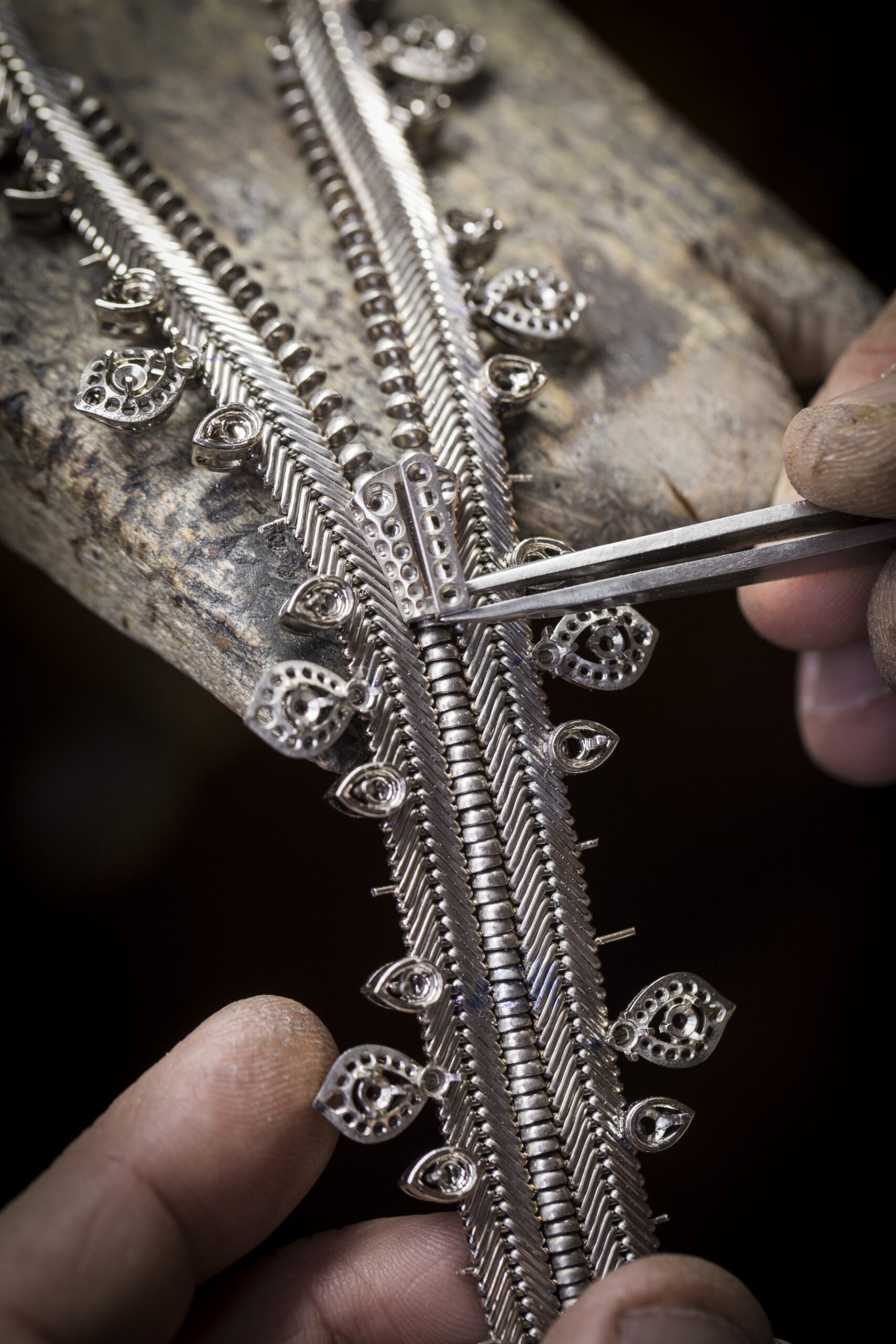
The French capital is full of cultural powerhouses; some are hiding in plain sight. Tucked within a nondescript building in central Paris lies a Van Cleef & Arpels atelier steeped in a multigenerational legacy of handiwork and artisanal finesse. The atmosphere within is surprisingly casual: Family photos adorn workbenches, swatches of fabric act as tabletop catchalls to scoop up wayward gems, and an easy hum of focused energy fills the space.
Every workspace and tool is tailored to a specific role, and all are passed down from mentor to mentee, embodying the continuity of Van Cleef & Arpels’s own heritage—and the time it takes to craft something truly unique. On any given day, a few artisans will be working away on a Zip necklace, a perfect embodiment of this time-honored process. In 1938, the Duchess of Windsor suggested that Renée Puissant, the maison’s then–artistic director, embed a zipper—an emblem of turn-of-the-century modernity—into a piece of fine jewelry. By the 1950s, after more than a decade of research, Van Cleef developed the technology to do so.
The resulting design is now a house staple and has been refined and reinvented continuously in the years since—in 2005, in the form of the slender Zip Couture, the piece reached its most recent expression. The house rarely reveals the inner workings of this storied atelier, but CULTURED was offered a rare glimpse. Here, a collection of craftspeople reflect on the experience of working in this hallowed space, and dedicating their lives to zippers, clovers, and gemstone encrusted gold.
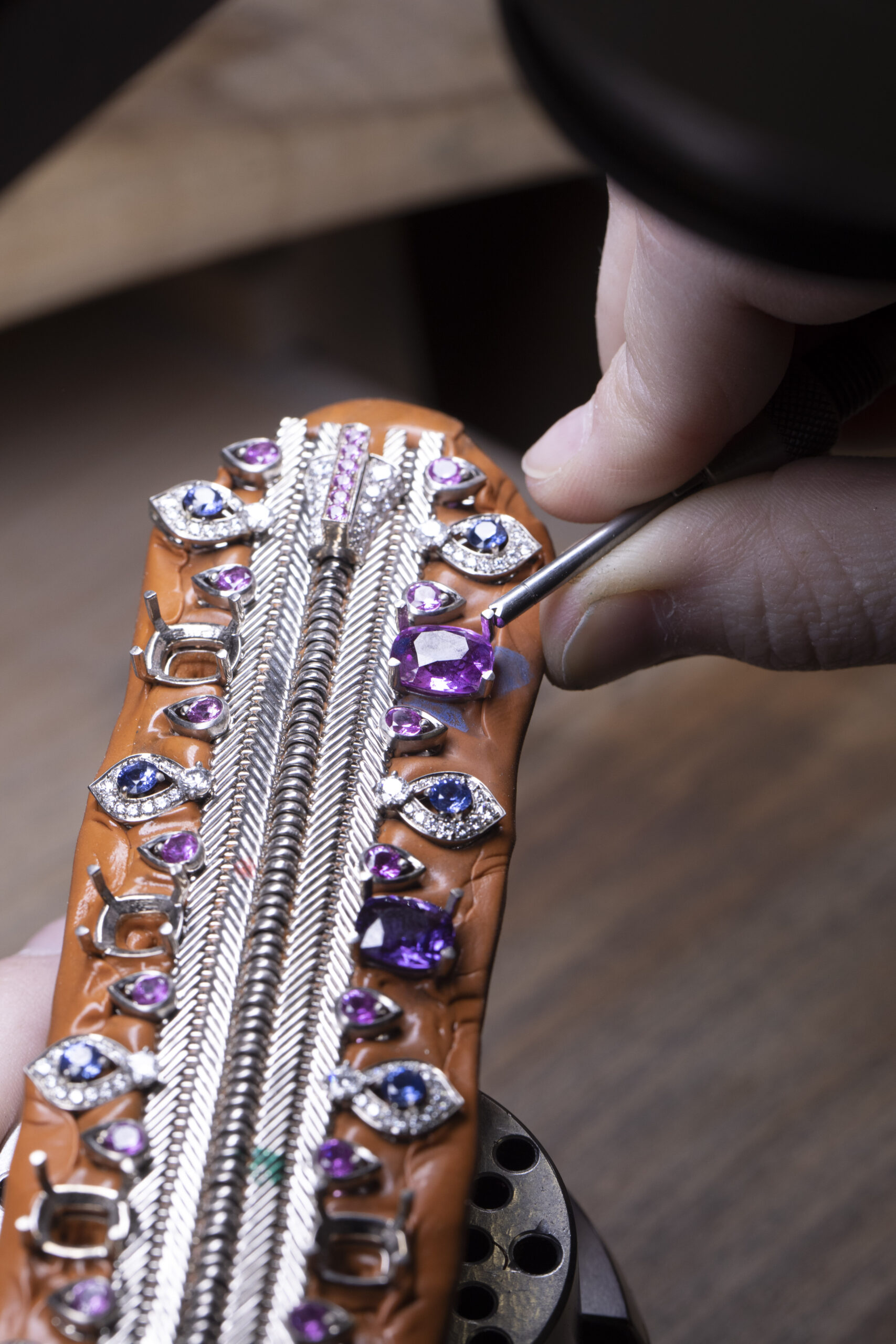
“As precious metal changes from solid to liquid, we see little beads collapse before melting to form a glowing whole. It’s a sight as captivating as it is satisfying—even when you encounter it daily.” —Anthony, Smelter
“When you cut the facets of a diamond, you feel a warmth that envelops your hand—the stone can also light up and there is this very particular sound. All these sensations make it a satisfying moment.” —Gabriel, Diamond Cutter
“One of my greatest challenges is a three-row necklace. When there are several levels, you have to make sure that the result is harmonious. Sometimes it’s not easy to respect the gaps. But when you see the piece assembled, it’s all worth it.” —Angélique, Threader
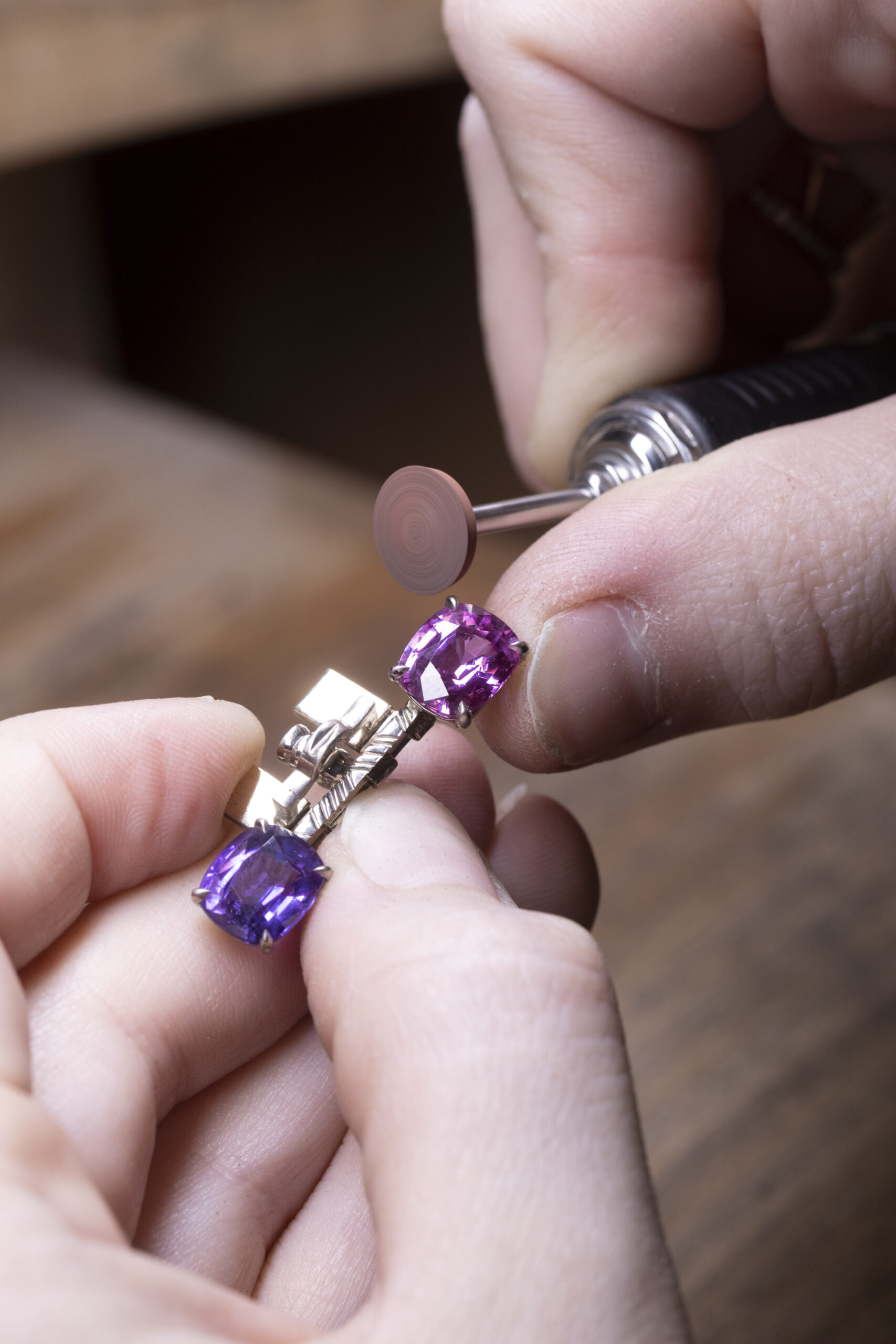
“Being a quality controller is a job of passion. When you see the finished piece in the workshops, it’s a great moment of real teamwork.” —Stéphanie, Quality Controller
“It’s satisfying to see a piece of jewelry go from matte to shiny, to see its evolution all the way up to mirror polish.” —Elric, Polisher
“I wanted to do a job that I really enjoyed. I love working with my hands; I also love jewelry. I fell in love with the craft.” —Pierre, Jeweller

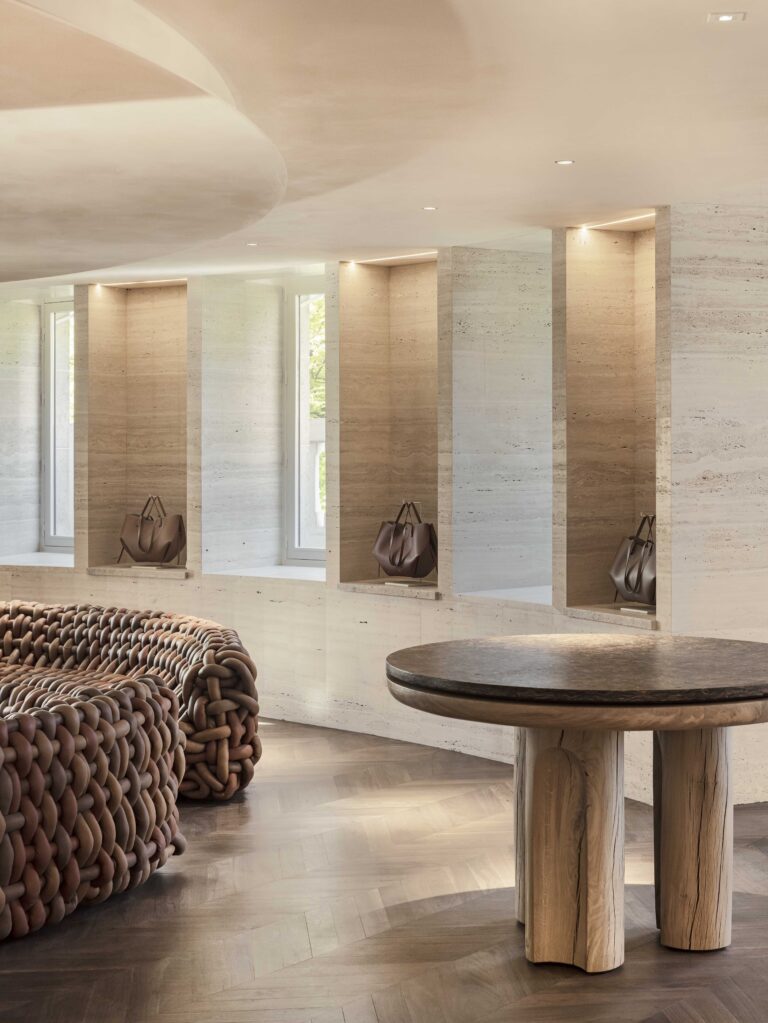

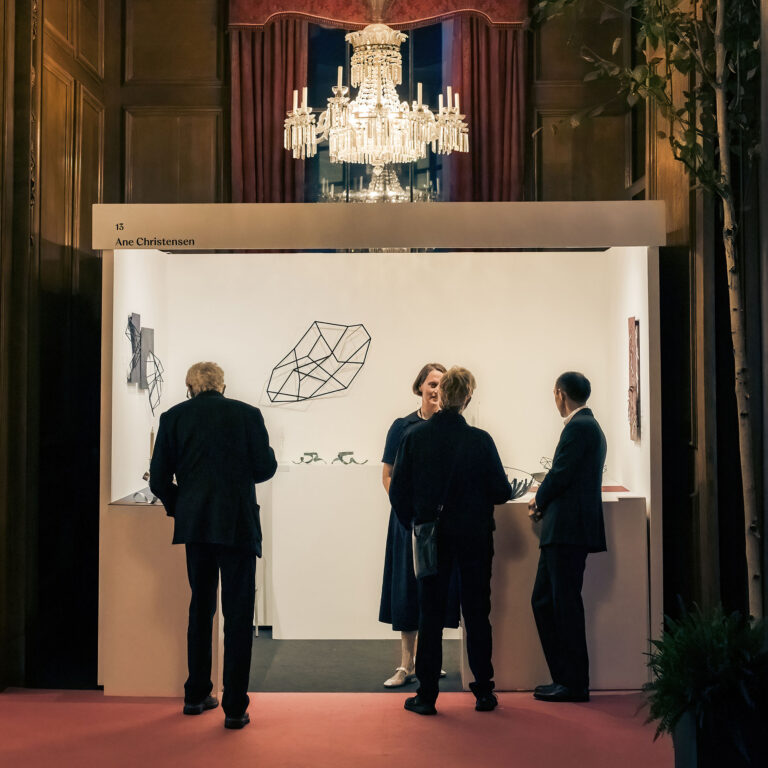
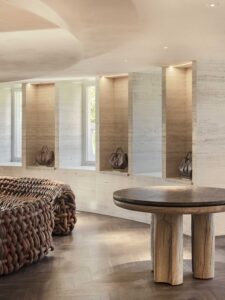

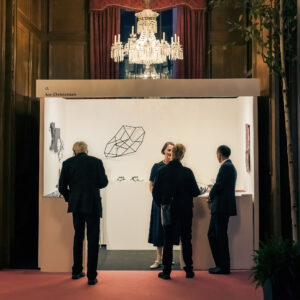



 in your life?
in your life?

